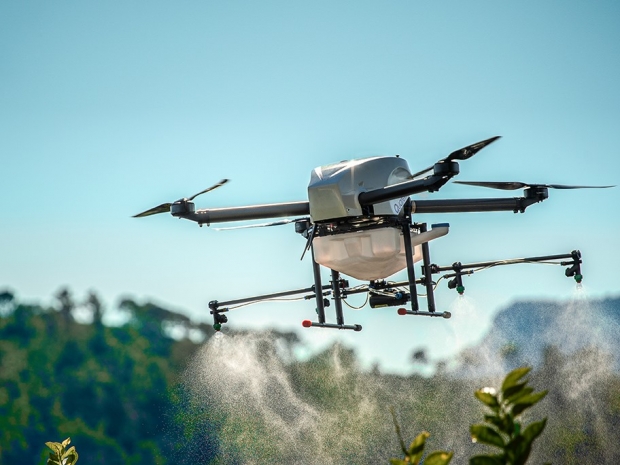The pair have been working on a fuel injection system and combined with a world-leading drone like HYBRiX, they were able to get the most advanced power system in the industry.
Löweheiser team always monitored the engine parameters through a telemetry link that enabled control of data such as cylinder temperature, rpm, injection time.
Most UAV engines go between a range of 20cc to 600cc displacements, they are usually 1 or 2 cylinder engines, and many are two stroke small engines.
Before UAVs were adopted, many of these small engines have been used in radio-controlled aircraft. In general, they used carburetor engines for low cost and simplicity.
Compared to hobbyist purposes, UAV performance has higher standards and demands. Drones are exposed to harsh weather conditions and high altitudes while carrying heavy equipment for more than two hours. All these engines require a high reliable EFI system.
Löweheiser is a company that focuses on electronic fuel injection conversion kits for UAV engines. The startup said they develop the smallest and most reliable fuel injection system in the market. This EFI ensures optimum engine performance, lower consumption, and capability of adapting to a wider range of altitudes for 2 stroke, 4 stroke and wankel engines.
Fernando López, from Löweheiser technical team said: “We have realised that EFIs bring other indirect benefits such as lengthening engine life. This happens because, with the carburetor, there are always situations in which the engine does not work with an optimal carburetion. Rich carburetion causes the spark plug to fail and therefore an engine stop, which does not always imply an accident, but is a very risky situation. On the contrary, a poor carburetion causes the engine to run too hot and initiates premature deterioration that will end in a breakdown.”


